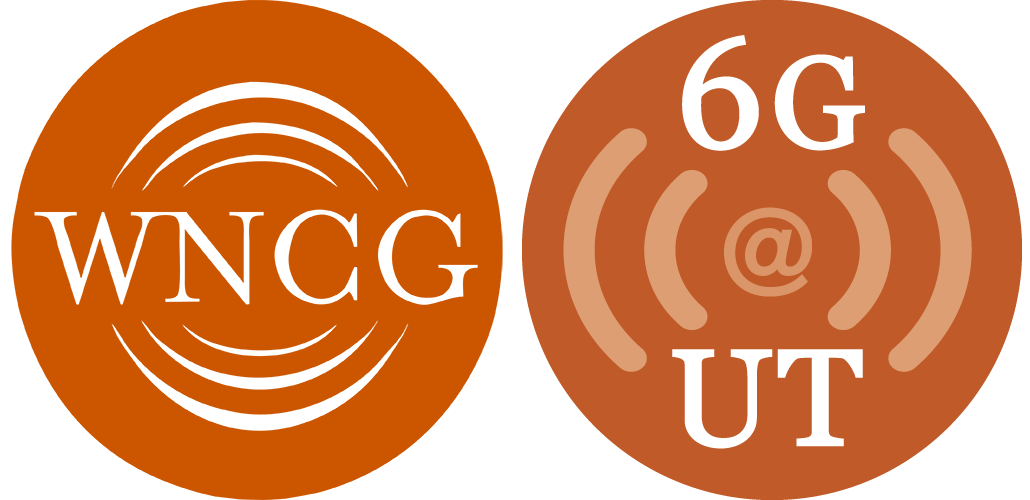Past Events
Event Status
Scheduled
March 22, 2013, All Day
Lattice coding has emerged as a fundamental theoretical tool in the Information Theory of Gaussian networks.
Event Status
Scheduled
March 8, 2013, All Day
Many challenges arise in the operations management of service systems with uncertain time-varying arrivals, non-exponential service and patience times, and complex network structures. Stochastic offered load processes have been shown to provide useful insights in capacity planning and performance analysis of large-scale service systems. In this talk, we focus on stochastic offered load processes in non-Markovian many-server queueing systems with dependence among interarrival times and among service times.
Event Status
Scheduled
Feb. 22, 2013, All Day
The problem of high-dimensional function estimation is discussed including the need for joint consideration of issues of approximation, estimation and computation, and the role of information theory in understanding the relationships. Flexible accurate function modeling arises by allowance of arbitrary order interactions among explanatory variables or by allowance of general ridge basis expansions. However, the number of candidate basis functions becomes exponentially large in the number of variables, more than can be feasibly computed by standard greedy basis search algorithms.
Event Status
Scheduled
Feb. 18, 2013, All Day
Effective Big Data management and analysis poses several difficult challenges for modern database architectures. One key such challenge arises from the naturally streaming nature of big data, which mandates efficient algorithms for querying and analyzing massive, continuous data streams (that is, data that is seen only once and in a fixed order) with limited memory and CPU-time resources.
Event Status
Scheduled
Interference alignment, interference neutralization, and function computation over Gaussian networks
Feb. 8, 2013, All Day
In recent years, there has been rapid progress on understanding Gaussian networks with multiple unicast connections and new coding techniques have emerged. The essence of multi-source networks is how to efficiently mitigate interference from the transmission of other sessions. Recently discovered interference alignment has led to a paradigm shift that interference might not be quite as detrimental after all. For multi-source Gaussian relay networks, interference cannot only be aligned, it can also be cancelled through multiple channel paths called interference neutralization.
Event Status
Scheduled
Feb. 1, 2013, All Day
Heterogeneous and large volume of Electronic Health Records (EHR) data are becoming available in many healthcare institutes, which include diagnosis, procedures, medications, lab results, clinical notes, medical images, genetic information and etc. Such EHR data from millions of patients serve as huge collective memory of doctors and patients over time. How to leverage that EHR data to help caregivers and patients to make better decisions in future?
Event Status
Scheduled
Jan. 18, 2013, All Day
Finite alphabet signaling refers to commonly used discrete-constellation modulations in practical communication systems, such as PAM, PSK or QAM. In this talk, we will target at how to increase data rate or throughput via linear precoding in wireless systems and networks such as multiple-input multiple-output (MIMO) systems, multiple access channels, broadcast channels, wiretap channels, and cognitive radio networks.
Event Status
Scheduled
Dec. 10, 2012, All Day
This presentation focuses on a classical detection problem of binary signals corrupted by impulse noise modeled by a Middleton Class-A (MCA) distribution. This distribution is one of the most accepted models for impulse noise superimposed to additive white Gaussian noise. The optimum detector in such noise consists of optimum operations followed by a conventional combiner. Since the MCA model is expressed as a weighted linear combination of an infinite number of Gaussian densities, there is no closed-form solution for the optimum preprocessor.
Event Status
Scheduled
Nov. 27, 2012, All Day
The large-scale gathering and storage of personal data is raising new questions about the regulation of privacy. On the technology side, there has been a flurry of recent work on new models for privacy risk and protection. One such model is differential privacy, which quantifies the risk to an individual's data being included in a database. Differentially private algorithms introduce noise into their computations to limit this risk, allowing the output to be released publicly.
Event Status
Scheduled
Nov. 13, 2012, All Day
Capacity projections from the International Mobile Telecommunications (IMT) have become outdated even before the next generation, i.e., the 4th generation (4G), wireless communications systems have been widely deployed. This is due to the fairly recent explosion and uptake of smart phones and smart services anytime/everywhere, and the thus associated data requirements.The trend is clearly towards splitting indoors and outdoors network designs, with focus on interoperation, support of mobility, high traffic levels and emerging bandwidth-intensive applications. Focusing e.g.

